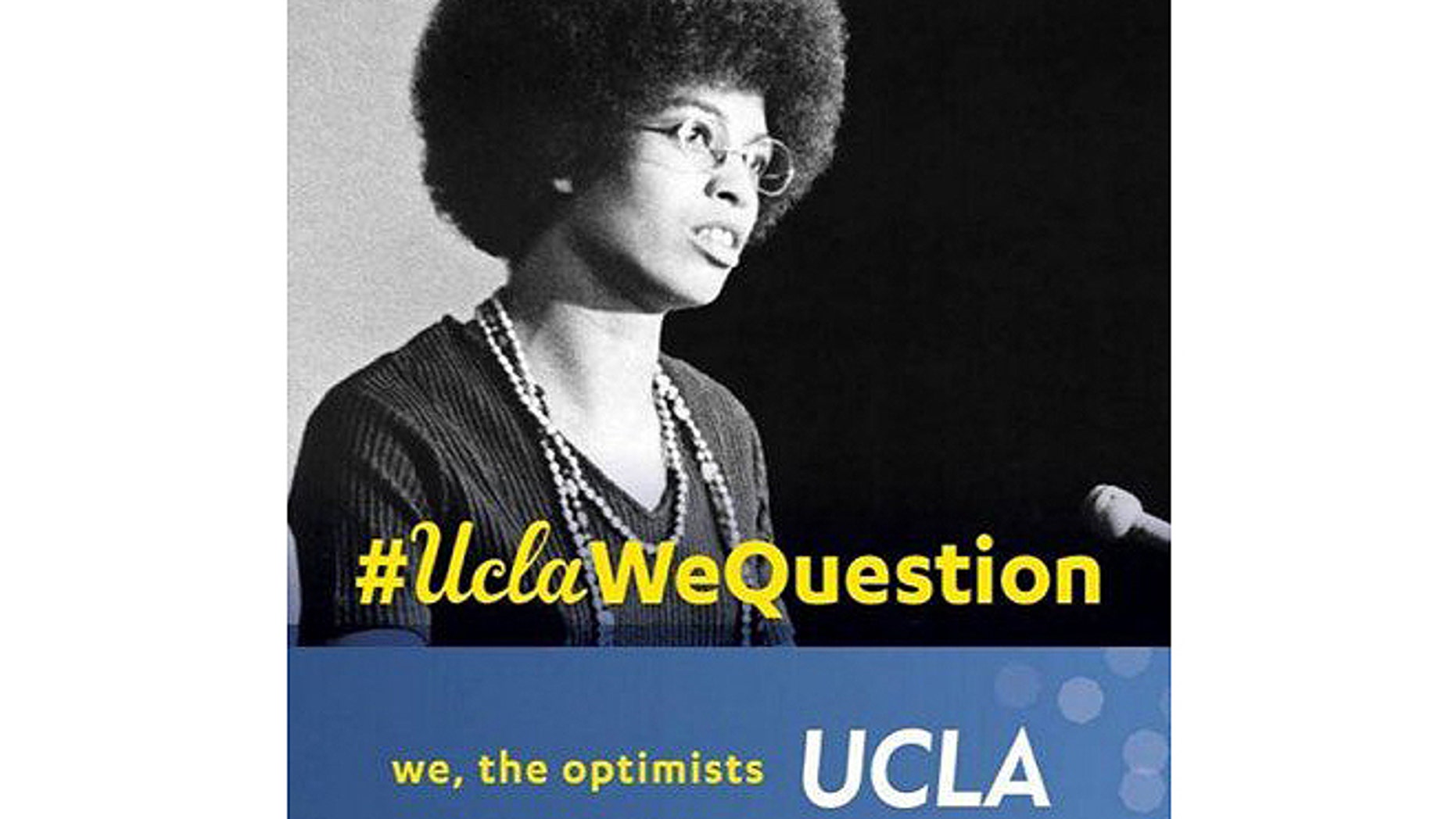


Over several secret meetings held in a sauna, Enriqueta feeds her enthralled assistant the story. A far bigger surprise is the revelation that, for forty years, the upright-seeming Enriqueta has been using her authority for a most nefarious purpose: granting certificates of authenticity to outright forgeries. The narrator is surprised when she realizes that her idol has chosen her not merely as someone to train but as a successor. (My own favorite example: “It is best to be bursting for the toilet when viewing a painting a sphincter on the edge makes for an alert mind.”) “It was seldom that Enriqueta came out with anything that was not both as pointed and as pleasingly formed as a hedgehog,” the narrator tells us. “She had an innate skill for deconstructing an image in her mind and putting it back together again, as a Swiss watchmaker would a clock.” She is also capable of speaking for hours about great works of art, with none of “the leaden solemnity of the academy” and as if she and the likes of Vasari and Pico della Mirandola were old pals.

The narrator, identified only in passing, by another character, as “Señorita M.,” is instantly smitten with her boss, an austere and formidably self-possessed woman in her seventies “whom old age suited.” The office-“the most distinguished valuations department in the country: the single, despotic authority on the price and authenticity of all paintings then being bought or sold across the land”-is also “a darkly governmental kind of place, soul-sapping in its grayness,” where “all the talk was of profit margins.” In this temple of mammon Enriqueta stands out, possessing “all the flair and grace otherwise so seemingly lacking.” Far from resenting her role as “personal slave,” the narrator describes attending to Enriqueta’s needs as “pure poetry” and to the woman herself (“Herself” is how Enriqueta is referred to at the office) as “a work of art in her own right.” She is taken on as the assistant to the eminent Enriqueta Macedo, Argentina’s foremost expert in art authentication, “an avowed Luddite” according to whom the black light is “all one needed to delve into a painting’s core.” She will need no such help delving into the core of her new hire, who notes “something of the hospital scanner in the way her eyes looked me up and down.” It seems Enriqueta has recognized at once both a kindred spirit and a promising disciple. She is twenty-five at the time, with a “personal credo…of a firm commitment to drifting along, to avoiding ties with anyone or anything.”

“La luz negra” (the black light) refers to a type of flashlight used both by forensic specialists to detect traces of bodily fluids and by art authenticators “looking for…the final additions to any work.” The narrator, who is from Buenos Aires, first learns about the black light after she yields to family pressure to accept a job in the fine art valuations department of Ciudad Bank. The original title of María Gainza’s second novel, Portrait of an Unknown Lady, fluently translated from the Spanish by Thomas Bunstead, is La luz negra.


 0 kommentar(er)
0 kommentar(er)
